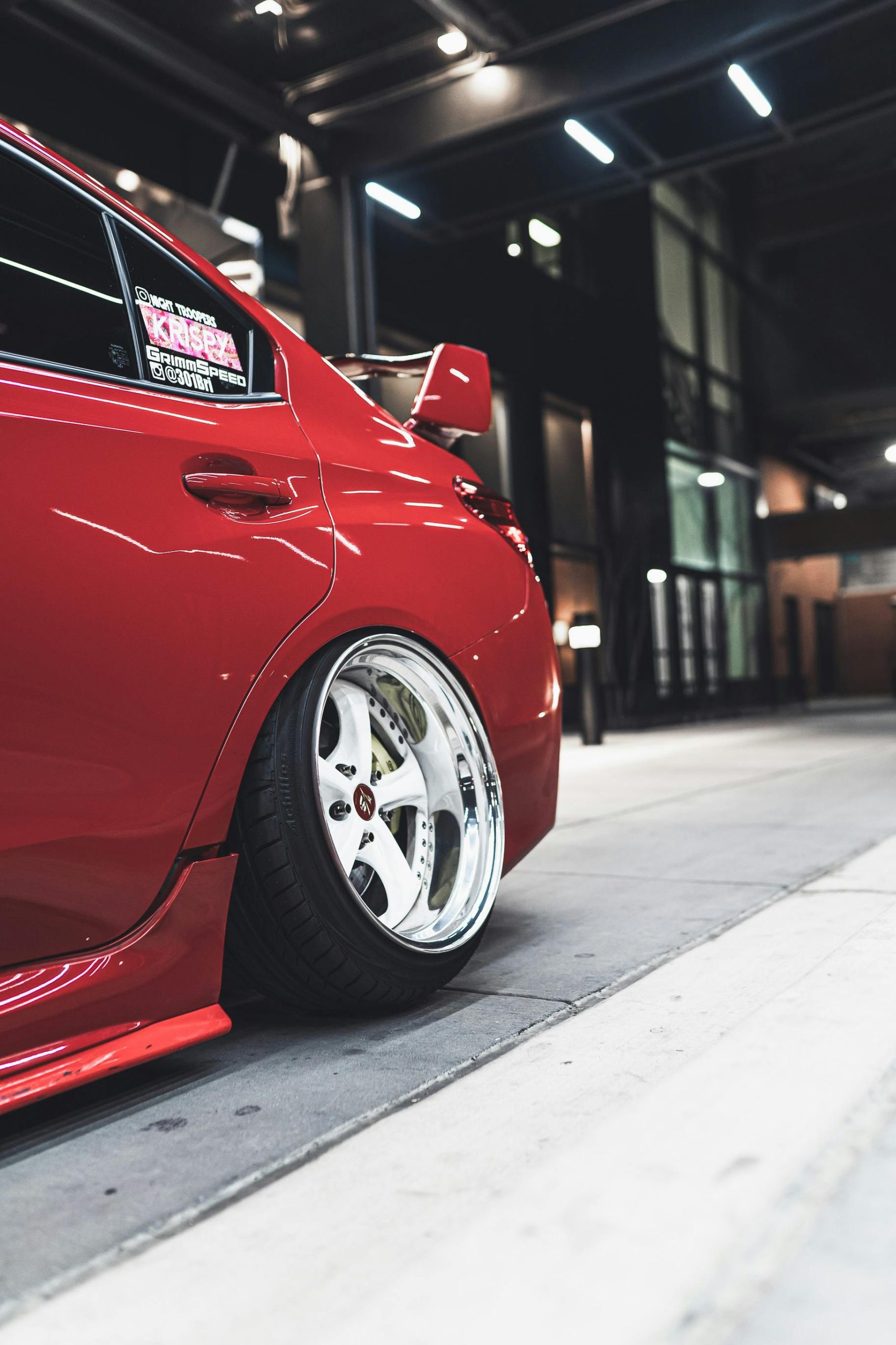Understanding Liability and Insurance in Driveway Vehicle Collisions: A Case Study
Dealing with vehicle accidents that occur on private property can be complex, especially when multiple factors such as insurance types, fault determination, and repair costs come into play. Here’s an illustrative scenario to highlight key considerations and best practices.
Scenario Overview
A 2017 Ford Expedition was parked securely in a driveway in Wayne County, Michigan. Nearby, a young man, age 20, was operating his vintage 1974 Ford F100 truck — a work-in-progress restoration vehicle, fully licensed and insured under his mother’s auto policy. After parking uphill from the Expedition, he exited the truck. As he closed the door, the vehicle unexpectedly shifted out of park, rolling backwards directly into the parked Expedition.
The incident was captured on security footage, confirming he had just stepped out of the truck at the time of impact. The damage to the Expedition includes a flat tire, bumper, headlight, and potential damage to aftermarket wheels, tires, lift kit, and suspension components. The F100 sustained only minor scratches.
Financial and Insurance Implications
Given that the Expedition is valued between $12,000 and $14,000 and is fully paid off, the owner has comprehensive collision coverage with a $1,000 deductible. The insurer’s evaluation suggests repair costs may exceed the deductible, leading to a potential claim. Conversely, the vintage truck’s minor scratches likely do not involve insurance claims due to their negligible damage.
In this context, questions arise regarding liability and insurance coverage:
-
Who is legally responsible? Does the driver’s exit from the vehicle establish fault even if the vehicle started to roll?
-
Should homeowners insurance come into play, or is this strictly an auto insurance matter?
-
Could this be considered an act of negligence, a sudden mechanical failure, or an unforeseen event?
Liability and Responsibility
Generally, auto insurance policies are designed to cover damages caused by the insured vehicle or driver. Since the young man was operating his vehicle, even momentarily, and exited safely, the incident might be considered a result of vehicle malfunction or driver oversight. The fact that he was out of the vehicle suggests he was no longer actively in control, but this does not automatically absolve him of liability.
Homeowners insurance typically covers damages to the property itself or injuries to individuals on the premise, not vehicle collisions unless specific circumstances apply, such as damage caused by a vehicle reversing into the home structure. Given that this was a vehicle



